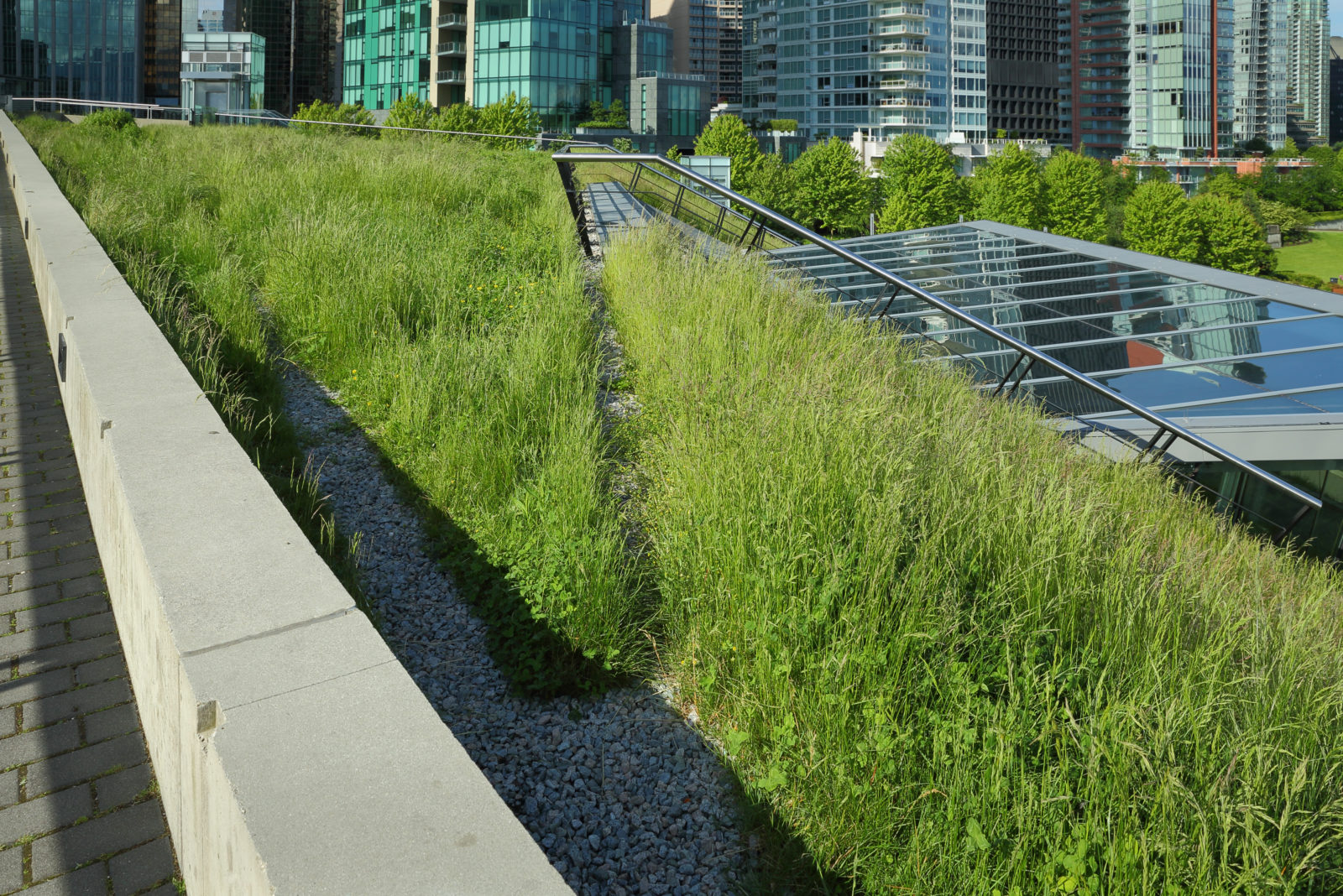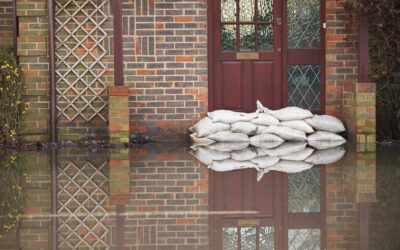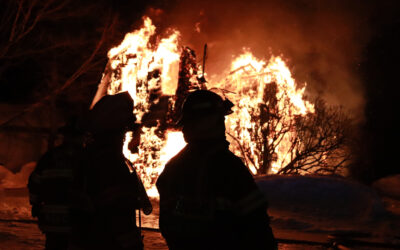Adaptation is rooted in the local. Policies to reduce vulnerability to climate change must be tailored to local communities, and their specific climates, social dynamics, cultures, and knowledge. But national collaboration can’t be ignored, either. There was no better reminder of this than when 700 Canadian adaptation practitioners, researchers, and policymakers gathered in the same room last week for the Adaptation Canada 2020 conference.
Held in Vancouver this year, Adaptation Canada 2020 featured discussions on topics as diverse as community-based food security projects to lessons on disclosing financial risks. Serving as a catalyst for knowledge exchange, the conference also provided a lens into the pressing conversations and debates happening in city halls and offices across Canada.
Here are four big trends highlighted at the conference that signal what’s ahead for adaptation policy.
1. Risk Assessment
Since government auditors identified the the need for governments to dramatically accelerate adaptation in 2016, risk assessments have been the biggest area of activity in Canadian adaptation. If audits were not enough of a push, in late 2018 Infrastructure Canada began requiring that climate risk be assessed in into major federally-funded infrastructure projects through the Climate Lens. As demonstrated by the Government of British Columbia’s preliminary strategic assessment of climate risk, risk assessments can help governments identify the most potentially significant impacts of climate change. Additionally, risk assessments translate climate change impacts into terms and values that practitioners in finance, public safety, and asset management understand.
However, risk assessments will not get the job done on their own, and now governments need to begin turning assessments into action. While risk assessments are useful for identifying the most significant risks, they do not identify the root causes or effective solutions. At Adaptation Canada, there was a lot of risk assessment talk, but there were also conversations about going beyond assessments to develop evidence-based policies that address the vulnerabilities behind the risks.
Watch for: governments moving from risk assessment to adaptation planning and policy development
2. Multiple Ways of Knowing
A range of factors, including geographic location, historic discrimination, legal and institutional barriers and socio-economic factors mean that climate change disproportionately affects Indigenous Peoples. For example, Peoples living in remote regions may be most impacted by extreme weather events, such as forest fires, flooding and storm surges.
Indigenous Peoples are active leaders for climate action, contributing vital knowledge, experience and leadership to adaptation efforts across Canada. Impressive presentations on Indigenous-led adaptation projects at Adaptation Canada 2020 brought into focus the importance of true collaboration with indigenous communities and of the value of traditional knowledge and ways of knowing in adaptation decision-making.
Watch for: governments and other adaptation leaders learning how to take into account knowledge other than western ways of knowing.
3. Nature-Based Solutions
There’s some excellent work being done across Canada to maximize the benefits of natural assets and nature-based solutions for climate risk reduction. From wetlands and forests to riparian buffer strips and green roofs, natural assets can deliver both adaptation and mitigation benefits. Compared to other risk reduction measures such as engineered flood control infrastructure or increasing the use of air conditioning, they can be less costly and may have multiple social and ecological benefits, including reducing or offsetting GHG emissions.
However, while natural assets are some yummy and relatively low-hanging fruit, it is important to remember that nature-based solutions alone cannot address our adaptation and mitigation needs. Achieving the best outcomes will require the integration of nature-based and engineered solutions.
Watch for: more nature-based solutions, coming to a city or region near you.
4. Placing People in the Policy
Adaptation is about protecting and improving the wellbeing of individuals and communities. But when adaptation practitioners get together to talk shop, sometimes it’s a little too easy for them to slip into the realm of the theoretical—converting lives and losses into dollars and cents and concentrating on protecting infrastructure rather than the people that rely on it. As practitioners, it’s essential we never forget the friends, families, and neighbours that our work is intended to benefit.
Adaptation Canada 2020 provided many opportunities to hear directly about communities’ lived experiences of climate change adaptation challenges and solutions. It’s critical to gather and share stories of local climate adaptation action from across Canada so that we can understand the breadth of climate impacts that we face and the creative solutions that can emerge from deep contextual knowledge. Local examples provide valuable data and examples, drawn directly from the experience of people and communities.
Watch for: Senior governments drawing on local experiences to develop strong national and provincial policies and programs.




